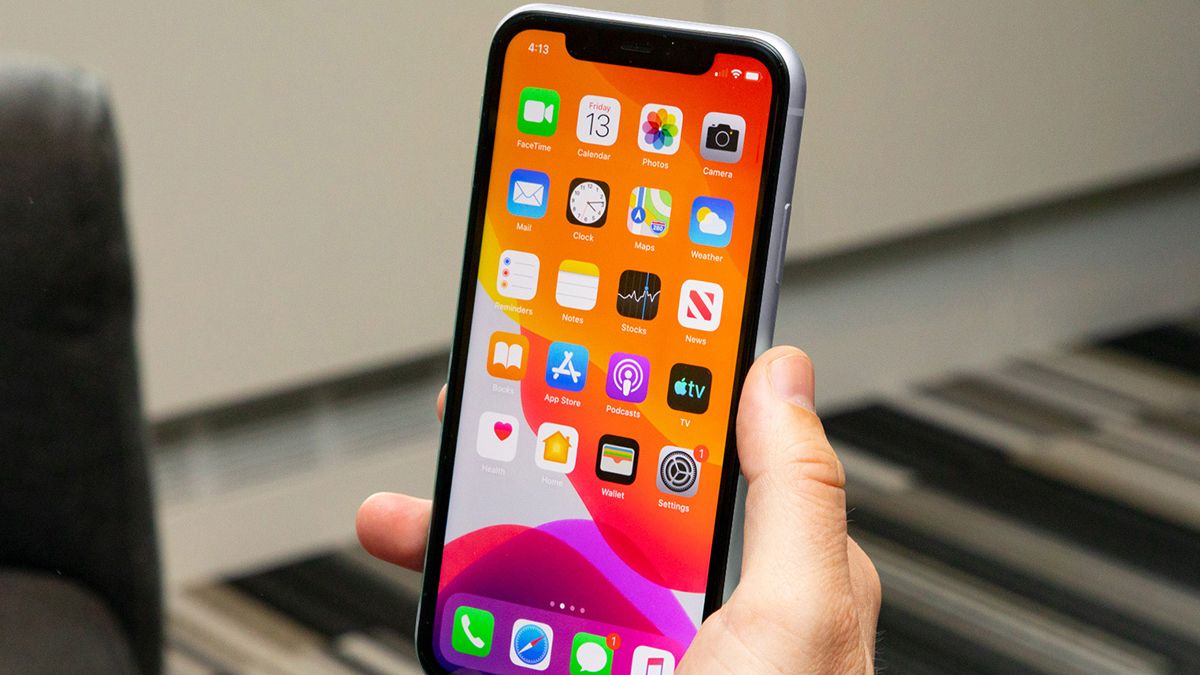Elon Musk Is About to Show Off His Neuralink Brain Implant
In the mind of Elon Musk, the world’s thorniest problems become shockingly, wonderfully simple. Traffic in LA got you down? Here, take a ride on this underground super-luge. Carbon emissions are stinking up the planet? Fix it with a fleet of electric cars—and while we’re at it, let’s make them drive themselves. Need a backup planet to call home? Mars seems perfectly nice. Musk’s startup Neuralink exhibits this way of thinking best of all: Machines with artificial intelligence are outpacing humankind. Ergo, implant computer chips in human brains to level up the species.
Earlier this week, Musk indicated he was one step closer to this goal—and had plans to prove it during a live webcast on Friday at 3 pm Pacific time. Neuralink is far from its ultimate aim of making brain surgery as easy and safe as, say, Lasik. But Musk wrote on Twitter that the company was prepared to show a working “V2” of the device it introduced to the public last summer. He had previously said that the demonstration “will show neurons firing in real time. The matrix in the matrix.”
Neuralink’s device is a tiny computer chip, meant to be stitched by a “sewing-machine-like” robot into the brain on a network of superfine electrode-studded wires. It is supposed to pick up on signals in the brain and then translate them into motor controls. Many in the field imagine using these neural interfaces to control things like a prosthetic limb, or perhaps to interact with our gadgets. Musk, in typical Muskian fashion, has some bolder ideas. He has described Neuralink’s project, overall, as helping to “achieve symbiosis with artificial intelligence.”
That’s quite a task, and it’s unclear what Friday’s event is going to demonstrate. (Neuralink did not respond to a request for comment.) Presumably, Musk sees a chance to convince people that the company is making real strides toward its goals, however ambitious, and that it’s further along than its competitors.
“There’s a lot of uncertainty in the whole field as to whether [Neuralink] is ever going to be successful,” says Sid Kouider, a former neuroscientist at the French National Centre for Scientific Research, who has since started his own neural interface startup, NextMind. Clinical neural interfaces are tough enough, but Neuralink has its sights trained on juicing up the brainpower of the everyday person with a highly invasive surgery. That, to Kouider, sounds like a moon shot. “Or even further, like a Jupiter shot.”
Researchers have been chipping away at brain-computer interfaces for decades. The Department of Defense got involved in the 1970s, spurred on by visions of a superhuman army. Other neuroscientists have tried to develop devices in a clinical setting. Brain implants show some promise in restoring movement to someone whose spinal connections have been severed, or in controlling the tremors associated with Parkinson’s.
In recent years, technologists have also taken an interest in neural interfaces. If these devices can help people control a prosthetic arm, the thinking goes, then they could also allow people to “thought type” without using a keyboard or control their smart home devices without voicing a command. A brain-computer interface could, in theory, unlock an entirely new way for humans to interact with the digital world.
Musk isn’t the only one chasing this vision. Bryan Johnson, the founder of Braintree, has been at work for years on a similar startup called Kernel. Paradromics has begun work on a medical-facing neural interface, “building at a scale that is 10 times what Neuralink is doing,” according to its CEO, Matt Angle. Mark Zuckerberg is also invested in brain-computer interfaces. At Facebook’s developer conference in 2017, the company demonstrated a technology that would supposedly allow people to “hear with their skin,” and last year, Facebook acquired the startup CTRL Labs, which is building a noninvasive neural interface.


